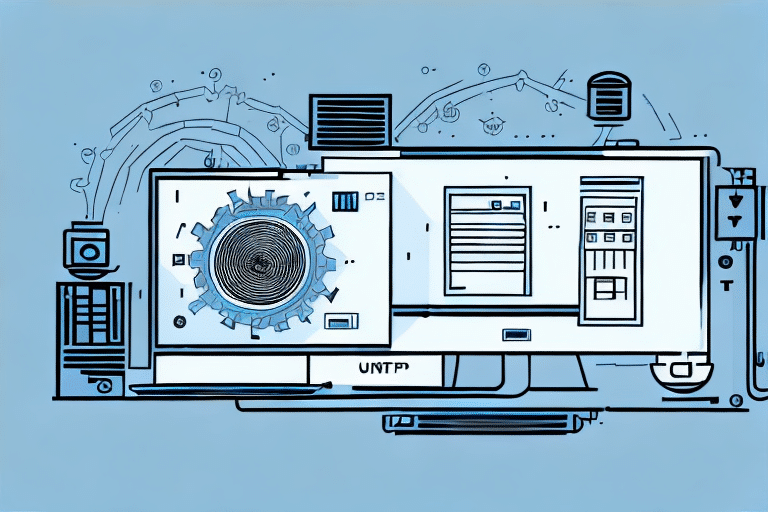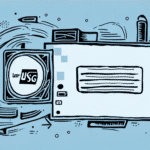Importance of UPS in SAP Business One
Uninterruptible Power Supply (UPS) is a critical component for businesses using SAP Business One, ensuring that essential systems remain operational during power interruptions. According to a National Institute of Standards and Technology report, power disruptions can lead to significant financial losses, emphasizing the need for reliable UPS systems.
Without a UPS, organizations risk data loss, hardware damage, and system crashes, which can disrupt business operations and lead to costly downtime. Additionally, UPS systems offer surge protection, safeguarding electronic devices from voltage spikes caused by lightning strikes or faulty wiring. This protection not only preserves hardware longevity but also ensures continuous business operations.
Moreover, UPS systems contribute to energy efficiency by regulating power supply, which can reduce energy consumption and lower electricity bills. Implementing an energy-efficient UPS system aligns with sustainability goals and cost-effectiveness, making it a valuable investment for organizations.
Integrating UPS with SAP Business One: Fundamentals
System Components
Integrating a UPS with SAP Business One involves connecting the UPS to the power source and the IT infrastructure through various electrical interfaces. Key components include the power supply, UPS unit, servers, networking equipment, and electronic devices. The UPS acts as a buffer, ensuring that critical systems receive uninterrupted power even during outages.
Real-Time Monitoring
One of the primary benefits of integration is real-time monitoring. This capability allows organizations to detect and address power-related issues promptly, minimizing the risk of downtime. Real-time monitoring can be achieved through advanced UPS management software that interfaces seamlessly with SAP Business One, providing alerts and automated responses to power anomalies.
Step-by-Step Integration Guide
- Identify Critical Systems: Determine which systems, such as servers, routers, and storage devices, require uninterrupted power.
- Select the Appropriate UPS: Choose a UPS system that meets the power requirements of the identified critical infrastructure. Reference the International Electrotechnical Commission guidelines for capacity planning.
- Install Electrical Interfaces: Ensure proper installation of electrical connections between the UPS and IT infrastructure, following manufacturer guidelines.
- Connect to Power Sources: Link the UPS to both the main power supply and the critical IT systems.
- Configure UPS Settings: Set up the UPS to provide necessary power management features, such as automatic shutdown of non-critical systems during outages.
- Regular Maintenance: Schedule routine checks and maintenance to ensure the UPS operates efficiently.
- Testing: Conduct periodic tests by simulating power outages to verify the UPS response and system resilience.
Common Challenges and Solutions
Capacity Issues
One common challenge is selecting a UPS with insufficient capacity. Undersized UPS units may fail to support all critical systems during an outage. To address this, conduct a thorough power requirement analysis and consult with UPS manufacturers to select a system that accommodates current and future needs.
Compatibility Problems
Ensuring compatibility between the UPS and SAP Business One is essential. Incompatibility can lead to ineffective power management and system instability. Always use UPS models that are certified to work with SAP Business One and verify compatibility through SAP’s customer involvement portals.
Best Practices for UPS Optimization
Regular Maintenance and Testing
Maintain the UPS system by conducting regular battery checks, cleaning, and ensuring unobstructed airflow. Regular testing, such as simulating power outages, helps identify potential issues before they escalate.
Power Consumption Management
Monitor and manage power usage to optimize UPS performance. Utilize power management tools to track energy consumption and identify areas for improvement, which can lead to reduced operational costs.
Comprehensive Power Strategy
Develop a holistic power management strategy that includes UPS systems, power distribution units (PDUs), generators, and voltage regulators. This approach ensures robust protection against diverse power-related challenges.
Ensuring Seamless Data Flow
Data Synchronization
Ensure that data flows smoothly between the UPS system and SAP Business One by establishing clear protocols for data transfer and synchronization. Implementing automated data backup procedures can further safeguard against data loss.
Employee Training and Support
Provide comprehensive training for employees on the integrated UPS and SAP Business One system. Effective training ensures that staff can respond appropriately to power issues and maintain system integrity.
Future Trends and Considerations
The integration of UPS with SAP Business One is evolving with advancements in technology. Innovations in renewable energy sources, smart grid technology, and energy storage solutions are influencing future UPS systems, making them more efficient and sustainable. Organizations should stay informed about these trends to leverage new technologies that enhance power reliability and reduce environmental impact.
Additionally, the rise of cloud-based ERP solutions like SAP S/4HANA may influence the dependency on on-premises UPS systems. Businesses should consider hybrid approaches that combine on-premises and cloud-based infrastructure to ensure flexibility and resilience.
Staying ahead of these trends will enable organizations to maintain robust and efficient power management systems, ensuring continuous operation and data integrity for SAP Business One.
Conclusion
Integrating a UPS with SAP Business One is paramount for maintaining uninterrupted business operations, protecting critical data, and ensuring system reliability. By following best practices, addressing common challenges, and staying informed about future trends, organizations can optimize their UPS systems to support their SAP Business One environment effectively. Investing in robust power management not only safeguards against unforeseen power disruptions but also contributes to overall business sustainability and efficiency.






















